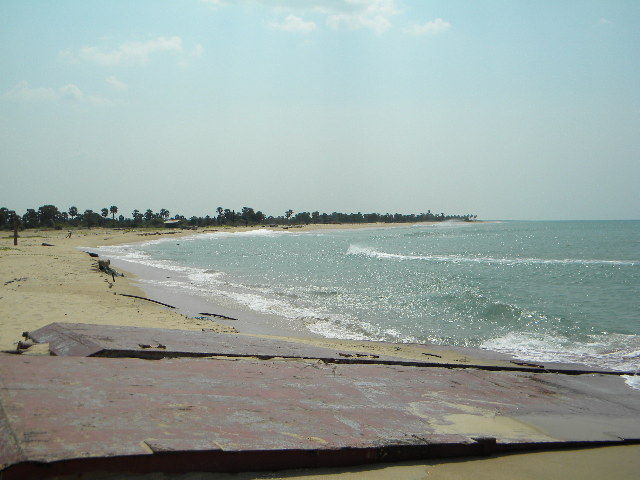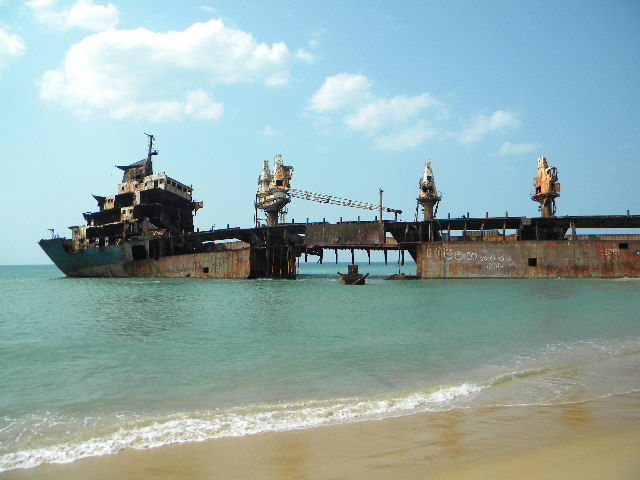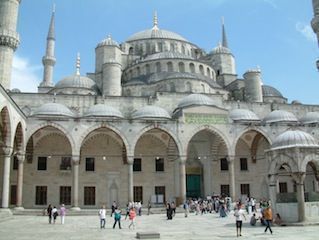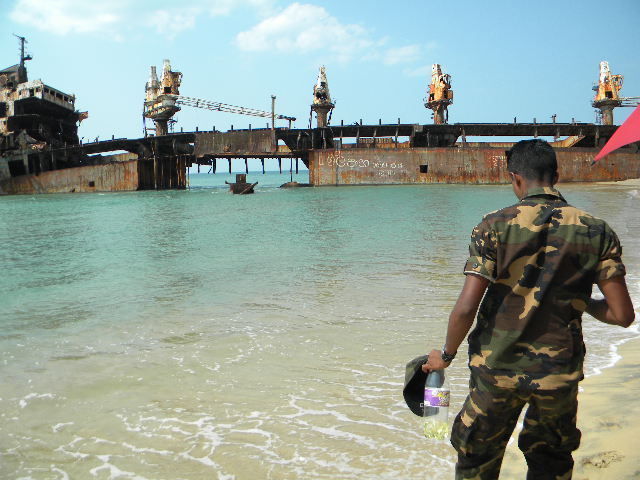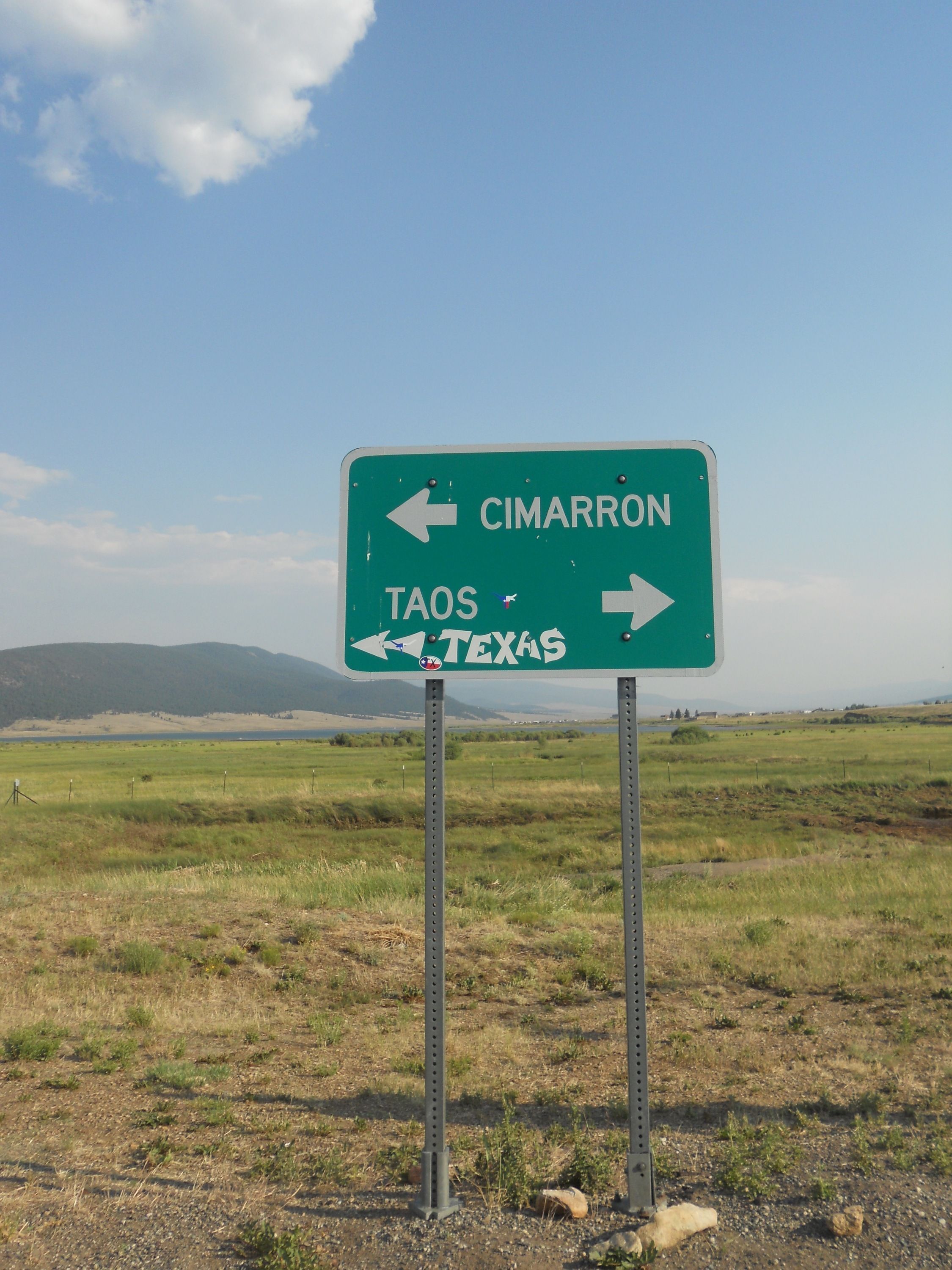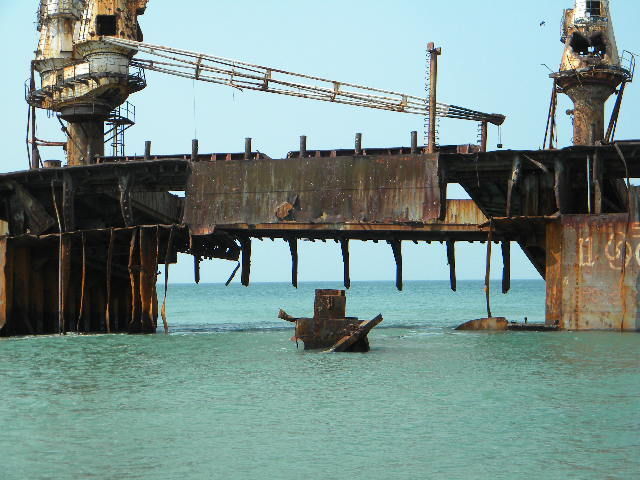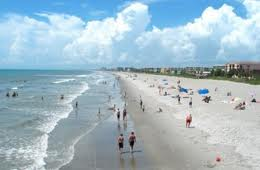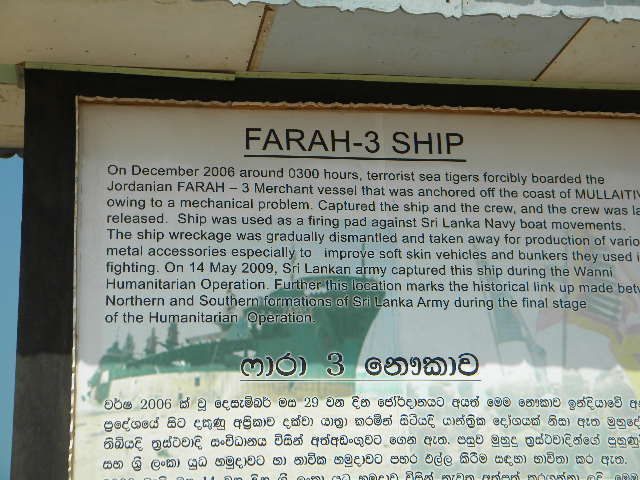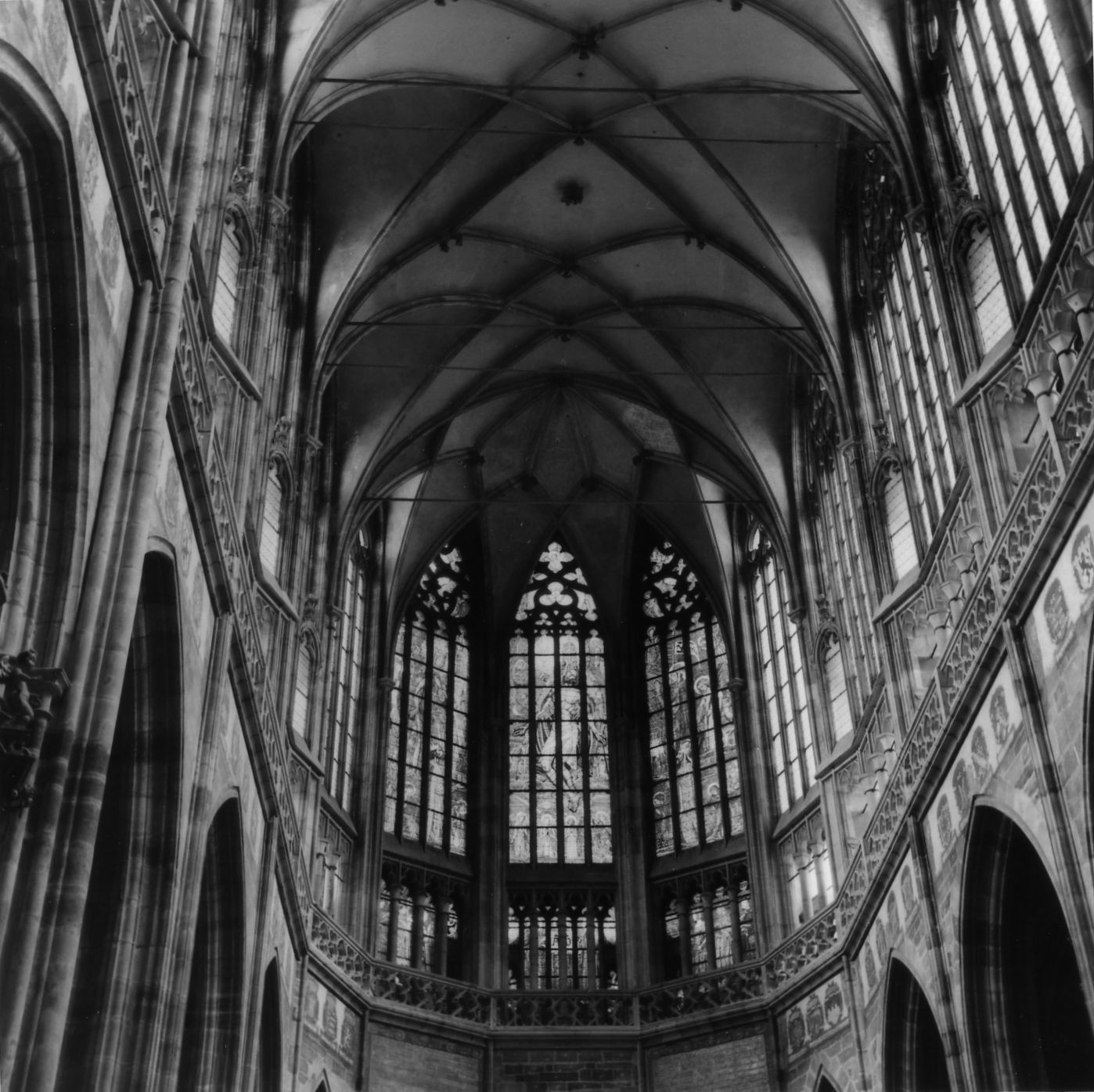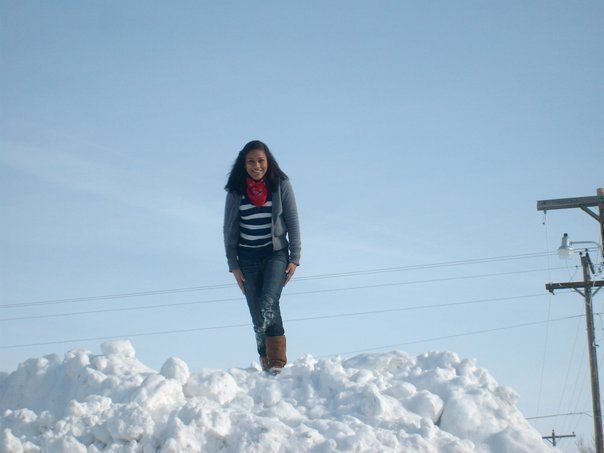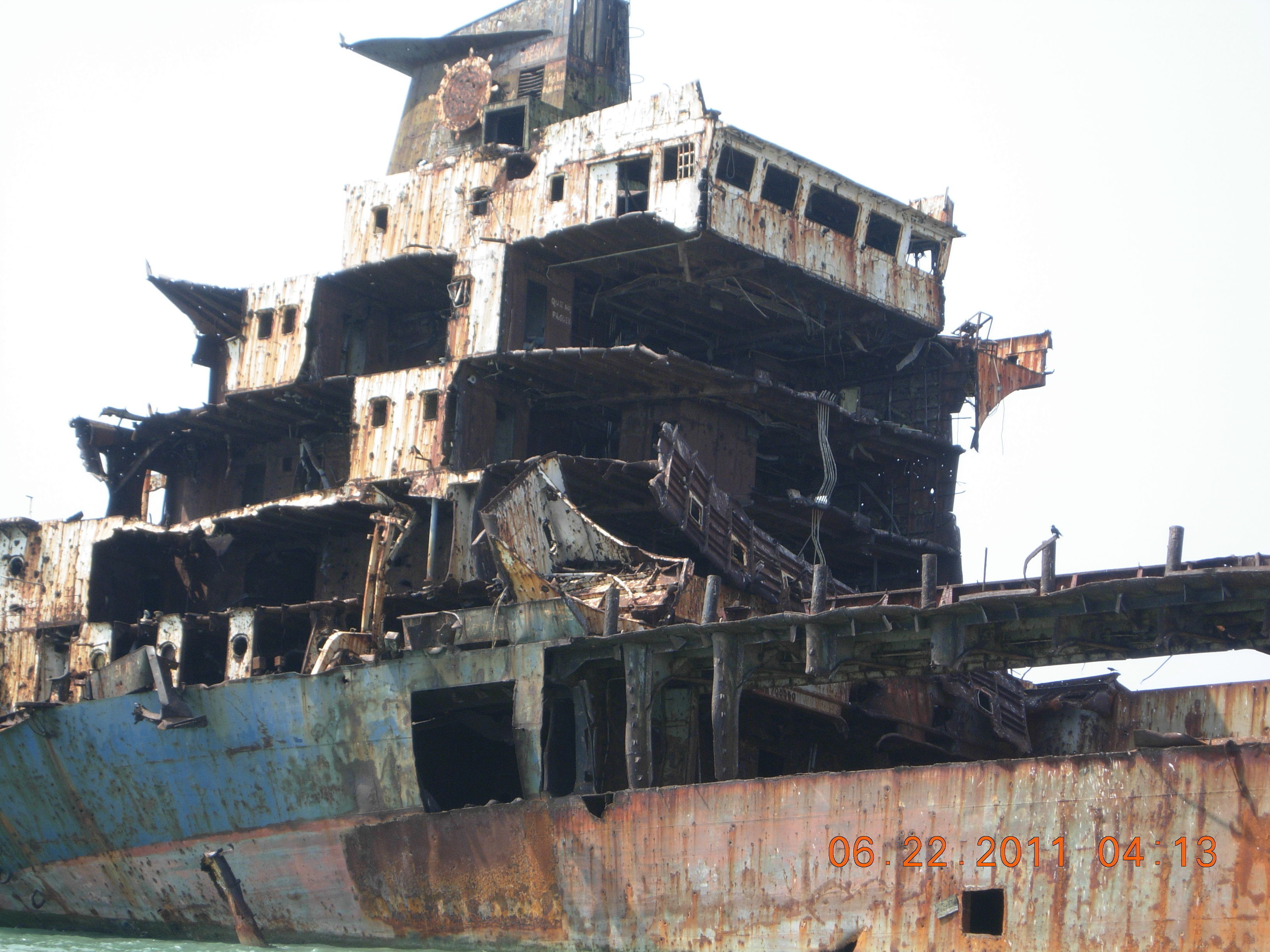A trip to the beach usually means sharing a small area with a large crowd of people while basking in the warmth of the sun. There might be fishing boats, kayaks, or surfers enduring waves while trying to stay afloat. However, I did not notice any traits of a ‘normal beach’ while visiting the Kariamulliwaikkal beach on the northern coast of Sri Lanka. Instead, I stepped into a war zone where thousands died due to a thirty year conflict between the militant separatist organization named the Liberation Tigers of Tamil Eelam and the Sri Lankan Armed Forces.
â–º QUARTER FINALIST 2012 TEEN TRAVEL WRITING SCHOLARSHIP
After a driving for what seemed like an eternity, I dived out of our cramped rental van as soon as we stopped. I wanted to escape the searing heat that had built up inside the van’s interior. After landing on a soft bed of sand at the Kariamulliwaikkal beach, I immediately felt the warmth of the subcontinent heat. On the way to the beach, our guide, an active-duty military personnel, explained that this area was a former base of the LTTE. At first, I did not see any sign of the existence of a military base apart from the small shack where two soldiers stood guard. Then, our guide pointed to my right, where I saw a silhouette that resembled a giant ship. I thought my dehydrated mind had begun to play tricks on me. However, a colossal trade vessel named the Farah 3 was beached on shore while I stood dumbfounded due to the sheer size of the ship.
Before approaching the ship, my family and I quickly ran into the shack where cool beverages were available. I helped myself to a bottle of cream soda and refreshed my senses. As I rested, the biggest question that lingered in my head was, “How did this ship wash up on shore?”
After we approached the Farah 3, our guide explained that the ship was of Jordanian origin. The LTTE militants raided the ship and the tide eventually brought it closer to shore. Thankfully, the crew of the Farah 3 was rescued and was able to reunite with their families. Apparently, the ship was a gold mine to the militants. The Farah 3 carried thousands of tons of food that was used to feed the starving people of the north. But, the most useful of the ship’s treasures proved to be its parts. The ship’s engines and sheet metal were used to construct submarines. Our guide further stated that, “Albeit its primitive design, the submarines were functional.” From an engineering standpoint, the construction of submarines from scraps of metal is an amazing feat. I began to realize the military capability of the former militants. Their crafty resourcefulness prolonged a war for nearly thirty years.
Gazing at the calm waters makes one forget about the existence of the Farah 3. The only positive and, rather ironic, outcome of the war was that the natural environment remained untouched by humans for three decades. Hopefully, this beach would continue to be preserved in order for later generations to experience and understand the struggles this country had undergone to unite.
Northern Sri Lanka is an ideal place to visit if one wishes to see a war zone without all the qualms of actual warfare. Find a driver capable of navigating throughout the north since you might be too busy sleeping in the car. Kariamulliwaikkal beach is just one of the many wonders in Sri Lanka that had been isolated by war and now, showcased for the entire world to see.
Dear Reader: This page may contain affiliate links which may earn a commission if you click through and make a purchase. Our independent journalism is not influenced by any advertiser or commercial initiative unless it is clearly marked as sponsored content. As travel products change, please be sure to reconfirm all details and stay up to date with current events to ensure a safe and successful trip.
